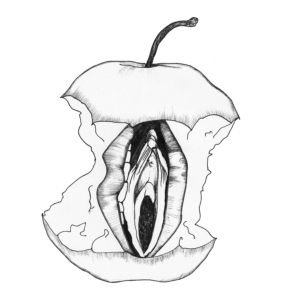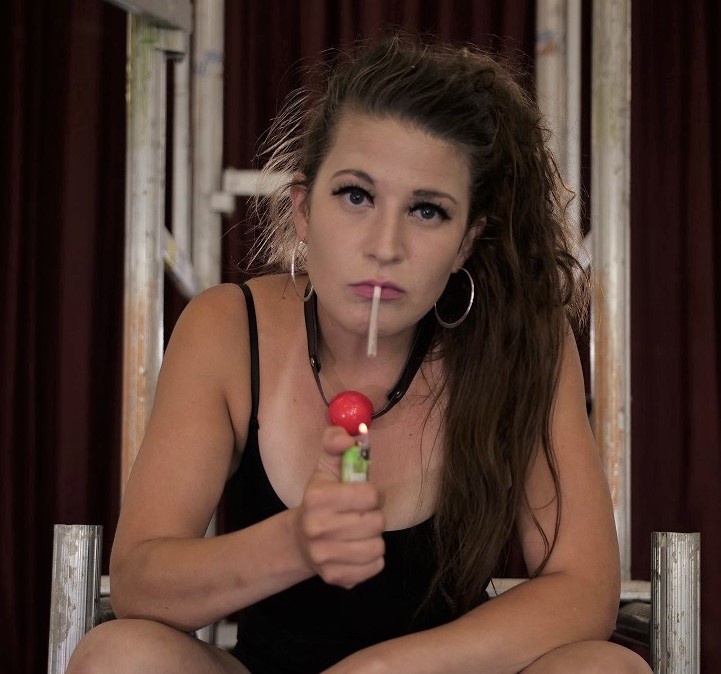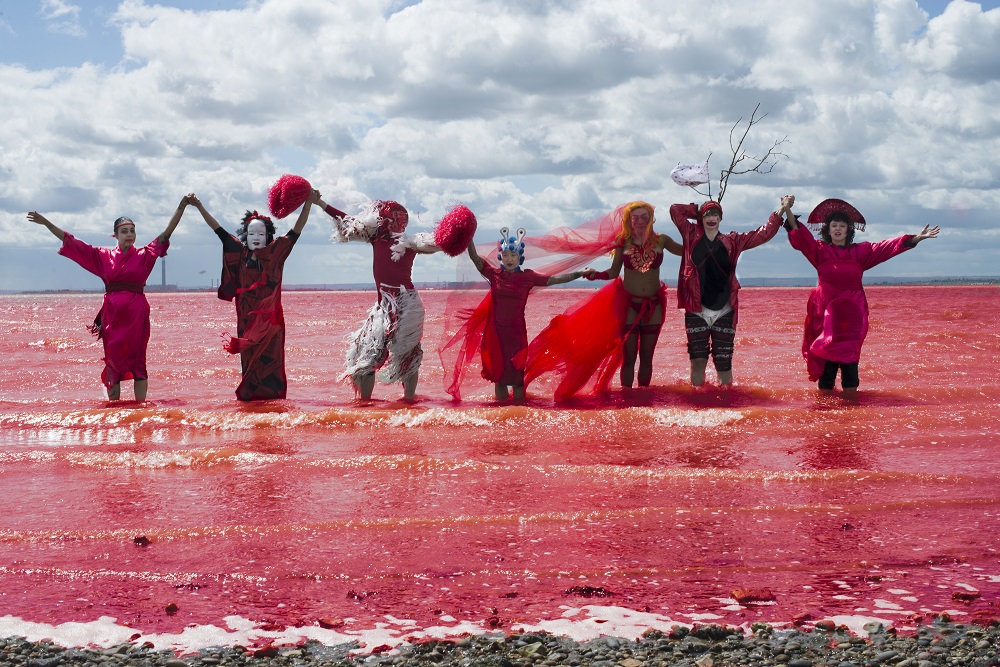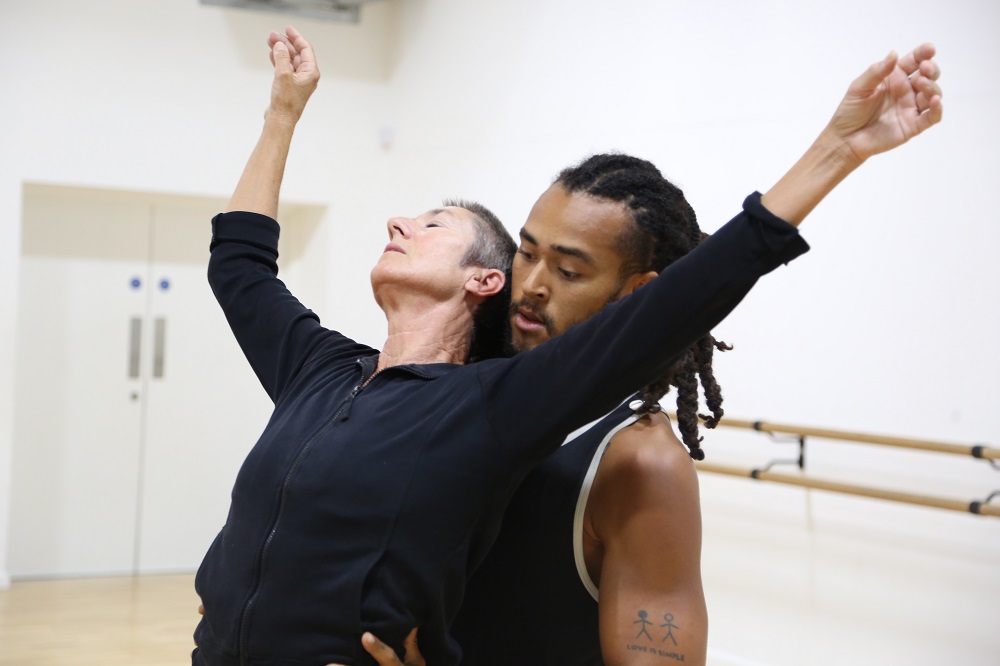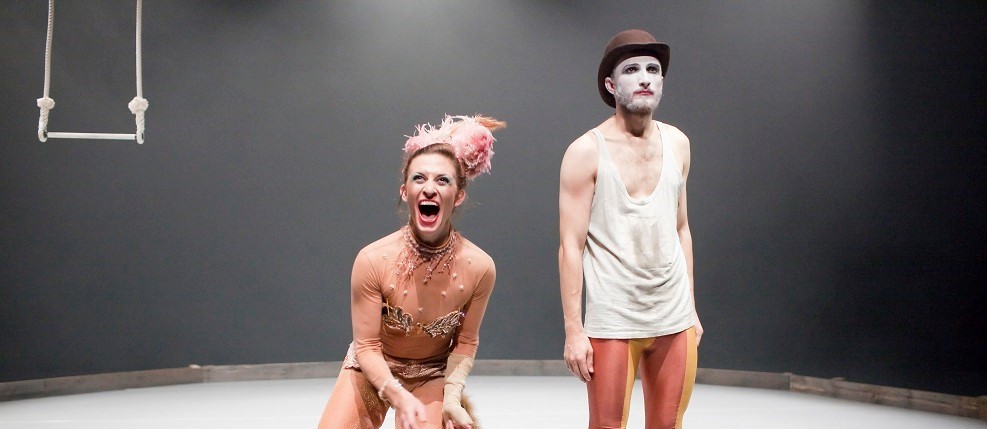We had never claimed that it was a circus show, rather an interdisciplinary collaboration. It was not the only time it was suggested that we make it more ‘circus’ or ‘theatre’ by persons at the top of the arts sector food chain.
A few years ago, I saw a fantastically weird, beautiful and totally genre-defying circus show, with a full-on 10 minute long acrobatic routine crammed in, out of nowhere, at the end. I imagined this brave company, who had made this weird beautiful hybrid show, reading a similar email to the one I had received and having to make the hard decision to add in more physically virtuosic circus material. To please industry professionals, get booked, and make a living. I’m not criticising this company, quite the opposite, I totally get it. I know that as makers of non-conforming work, who need to earn a living, we have to face this choice every day. Between staying true to the work that we want to make, and compromising it, by making it more grantable, bookable and palatable to the institutions of the bland, beige and average. There are of course a few wonderful curators and institutions that support our work, otherwise we wouldn’t have even managed to start making it. But a handful of such institutions alone can’t support all of the alternative voices and diverse makers in circus. I often think about the email we received and the beautiful circus show that was compromised right at the end. We are not the only ones who have experienced challenges in making work that exists outside of the circus norm, and I hear different versions of the same story over and over again.
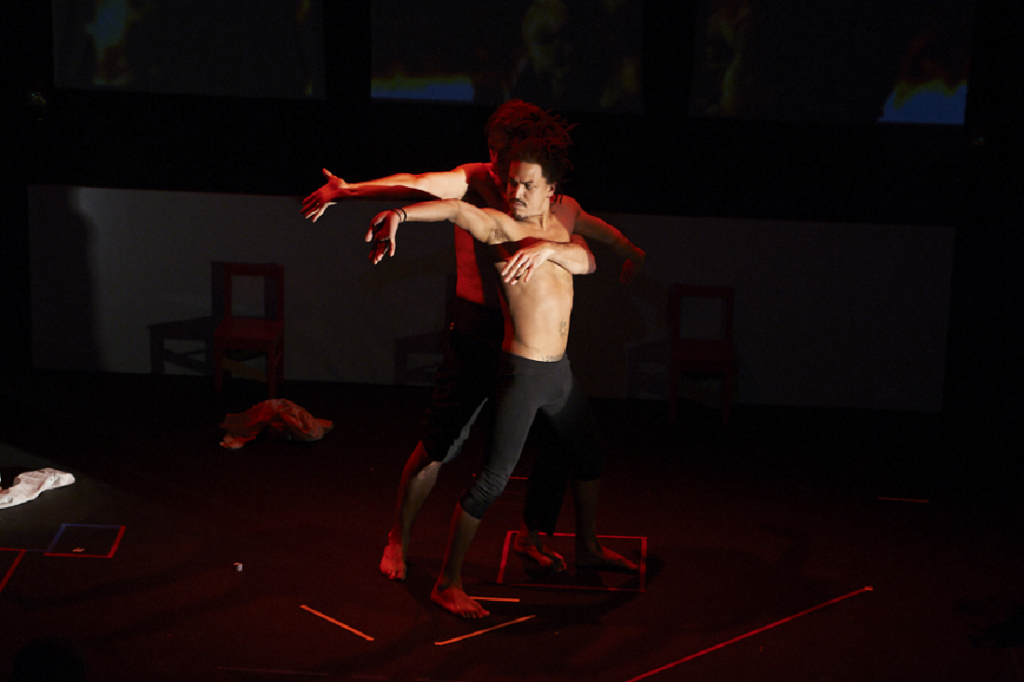
For many artists, defying genre has everything to do with finding a form that carries and articulates their unrepresented voices. It therefore has the potential to help us navigate the important conversations we have finally started having about structural racism, sexism and classism. Those classic narratives that have been hammered into us for so long as makers and audiences, which arguably serve the structures that we want to bring down. If we are going to make the work we want – and need – to see on stage; perform, write or direct the stories that haven’t been told, then we’re going to have to find a suitable form. We’re going to have to invent it, devise it, make it happen somehow – the old forms just do not serve us. Bending genre is a necessary tool for otherness to be expressed and it doesn’t need fixing, it needs nurturing. It is however unfair, to expect artists to continue to make that kind of work without consistent support. I often question what my role in society is and if I have made the right choice staying true to my voice. I see myself on the verge of a burnout every time I work on a project.
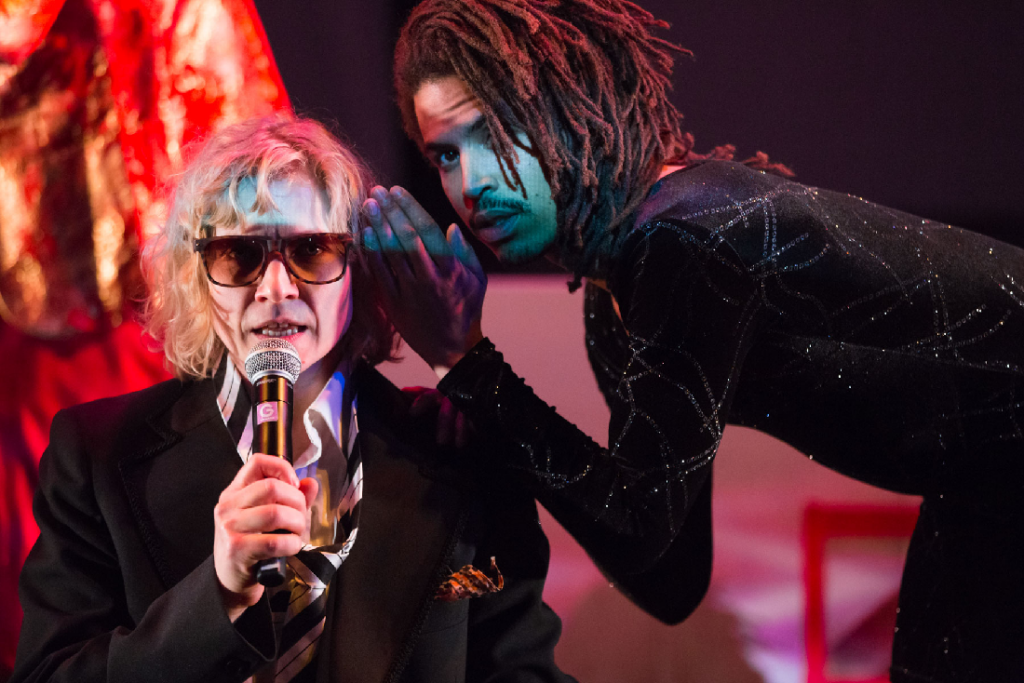
Spend four years drafting a project. Apply for funding. Find funding – it’s not enough but you’re lucky that you have any at all. Work on a shoe-string budget. Try to implement fair pay for both yourself and your team. Look for a suitable venue – you find a great one that aligns with your values and loves your work, but they have no money. Continue to work on a shoe-string budget. Make a show while you’re still doing your part-time job, without which you can’t pay your rent. Save enough money to premiere and partially fund a short tour…. Win a prize!… Nothing happens. Win another prize!… Still nothing happens.
Last week I submitted a funding application to create a performance festival in Scandinavia. I don’t know if it will happen but I am hopeful because despite mainly being an artist who just wants to make work, I also see the importance of curating as direct action against the institution of beige. As a way of making ourselves, our narratives and our genre-defying work, visible, enjoyed and discussed.
I don’t regret rejecting the offer to ‘fix’ the show by the anonymous AD, even if he would have ‘helped’ us make it more ‘palatable’ and ‘saleable’. But I do regret that there aren’t enough organisations supporting work that offers a different narrative. We need to change that.
Carolina Ortega’s directing credits include, I Gave Him an Orchid (Jury Price 100Grad Berlin 2014, Edinburgh Fringe 2015), What The Circus (Roundhouse London and Garage Norwich 2017) Created and directed Freedom Hurts (Sophiensaele 100Grad Berlin 2015) and No Way Out (Camden People’s Theatre London, Ballhaus Ost Berlin 2018).
She worked as programmer of CASA Latin American Theatre Festival between 2009-12 and Creative Producer at the Bush Theatre in 2012 (London). She was co-artistic director of FLIGHT OF THE ESCALES between 2013-2018.
She’s currently developing a new piece, 1989 about the Venezuelan crisis with Performance Artist and documentary theatre maker Lalo Gomes and their duo Gegen Butterflies. Visit Carolina’s website.
